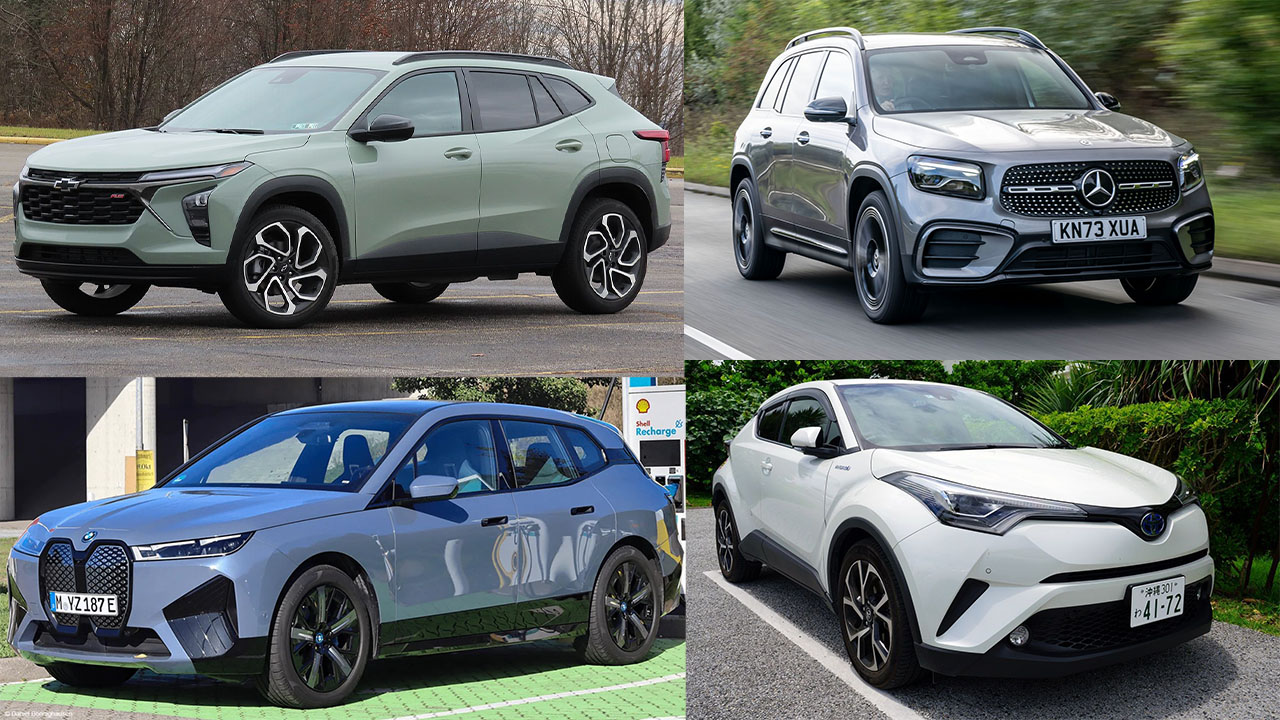Aside from pickup trucks, crossovers are the most popular type of vehicle in America. It’s nearly impossible to drive far without spotting a Toyota RAV4, Honda CR-V, or Tesla Model Y three of the top-selling crossovers in the country.
Combining the elevated, SUV-like appearance with the platform of a conventional passenger car, crossovers deliver both the look and the everyday practicality many drivers seek.
They provide greater interior space compared to similarly sized sedans or hatchbacks and are available in a wide range of powertrains, including gas, hybrid, and electric options.
Crossovers With High Owner Satisfaction
These are our top crossover picks for the 2025 model year.
1. Toyota Grand Highlander
One of the highest-ranking crossovers on our list, earning a score of 8.6 out of 10, is the Toyota Grand Highlander.
It offers a variety of trims, some of which are priced lower than those from the previous model year. The entry-level LE trim with front-wheel drive starts at $40,860.
This model comes with three different powertrain options: a 2.4-liter turbocharged four-cylinder engine producing 265 horsepower and 310 lb-ft of torque, a 2.5-liter hybrid that delivers 245 horsepower, and a 2.4-liter turbocharged four-cylinder hybrid generating 362 horsepower.
Slightly larger than many of the other crossovers on our list, the Grand Highlander can accommodate up to eight passengers and provides up to 97.5 cubic feet of cargo space behind the front seats.
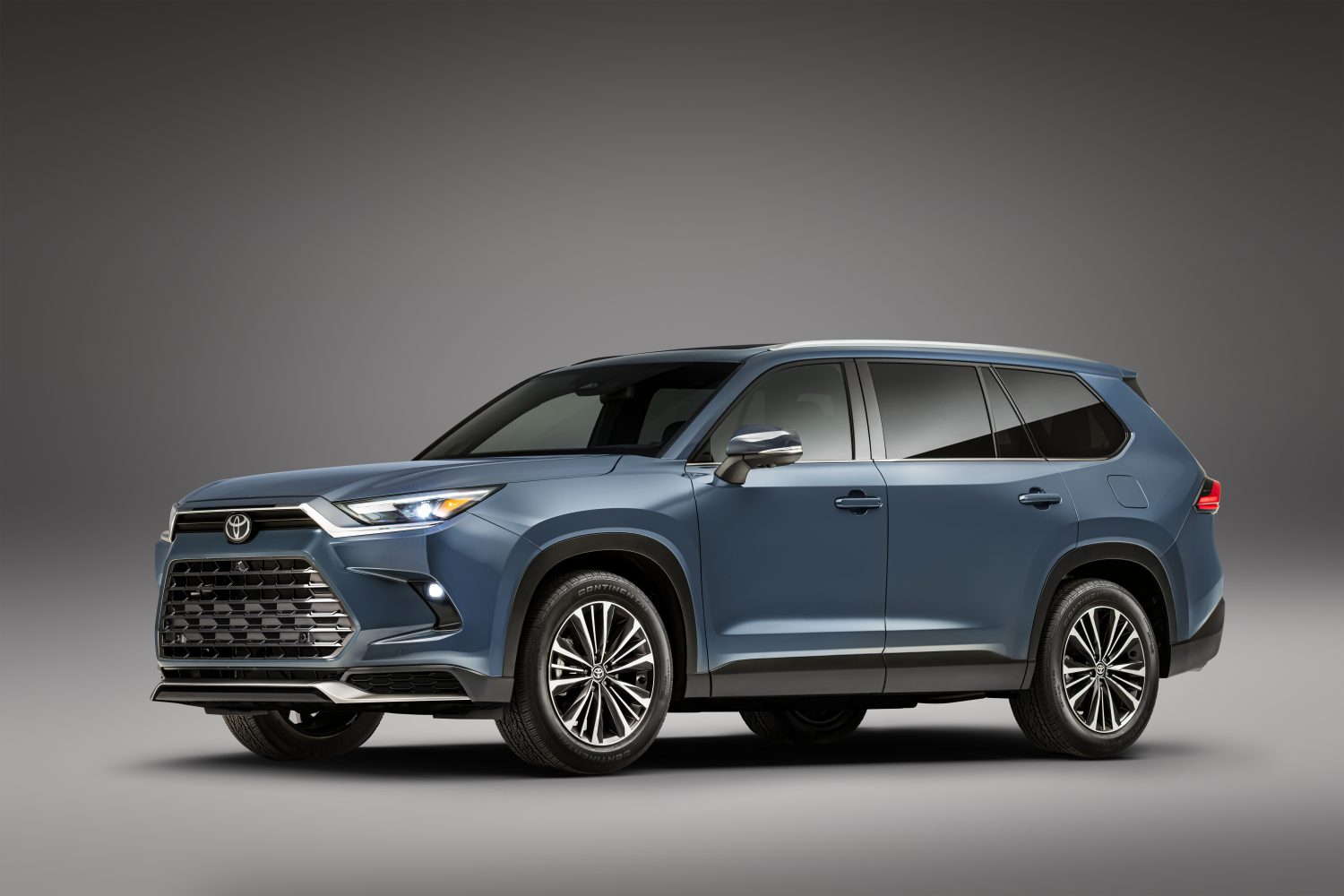
The Toyota Grand Highlander is Toyota’s larger, more spacious take on the midsize three-row SUV, aimed at families and drivers looking for more room, tech, and performance than the standard Highlander offers.
Introduced for the 2024 model year, it’s built on Toyota’s TNGA-K platform but stretches beyond the Highlander in size, making it a genuine competitor to segment leaders like the Kia Telluride, Hyundai Palisade, and Honda Pilot.
The Grand Highlander features a more adult-friendly third row and significantly more cargo capacity, offering up to 97.5 cubic feet of storage with the second and third rows folded.
Depending on the configuration, it can seat either seven or eight passengers, making it a highly practical option for larger families or road trip enthusiasts.
Under the hood, the Grand Highlander offers three distinct powertrains. The base option is a 2.4-liter turbocharged inline-four delivering 265 horsepower. A more fuel-efficient 2.5-liter hybrid setup produces a combined 245 horsepower and is available with front- or all-wheel drive.
For those who want performance, the top-of-the-line Hybrid MAX variant cranks out 362 horsepower and 400 lb-ft of torque, giving it surprising speed for a family SUV—it hits 0–60 mph in about six seconds.
Fuel economy ranges from an impressive 36 mpg combined for the standard hybrid to about 27 mpg for the Hybrid MAX.
2. BMW iX
Matching the Grand Highlander with a BuzzScore of 8.6 out of 10 is the BMW iX. This luxury electric crossover is available in two distinct versions, each delivering an impressive blend of performance and refinement.
The base trim, known as the xDrive50i, begins at $87,250. Both versions come equipped with dual electric motors and all-wheel drive, but the xDrive50i generates a combined 516 horsepower and 564 lb-ft of torque.
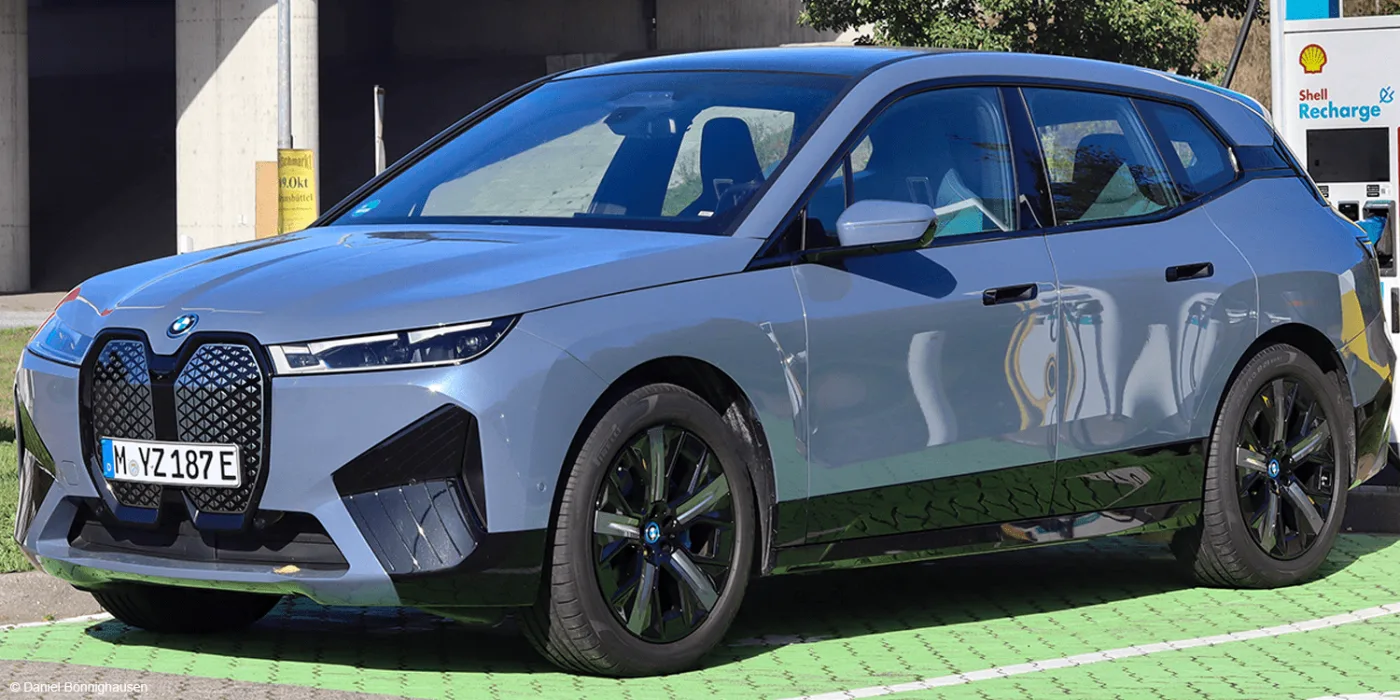
The next step up is the M60, a performance-focused variant starting at $111,500. It delivers an even more robust 610 horsepower and 749 lb-ft of torque.
Thanks to that power, the iX M60 can accelerate from 0 to 60 mph in just 3.6 seconds. Inside, the iX provides seating for five passengers and offers up to 77.9 cubic feet of cargo space.
Also Read: 11 Foreign Car Brands Building Their Best Vehicles in America
3. Toyota RAV4
The Toyota RAV4 isn’t just one of the most popular crossovers on the market it was actually the best-selling vehicle in the United States last year, overtaking the long-reigning Ford F-150.
There are several reasons why the RAV4 ranks among the top crossovers available. For starters, it comes with an affordable base price of just $28,850. In addition, it offers a wide variety of trim levels, including both hybrid and plug-in hybrid versions.
The standard engine is a 2.5-liter inline four-cylinder that produces 203 horsepower and 184 lb-ft of torque.
For those seeking improved fuel efficiency, there’s also a hybrid version that pairs the same 2.5-liter engine with electric motors to deliver a combined output of 219 horsepower.
The RAV4 seats up to five passengers comfortably and provides a generous 69.6 cubic feet of cargo space behind the front seats. Toyota, the well-known Japanese automaker, is keeping a relatively low profile at the moment.
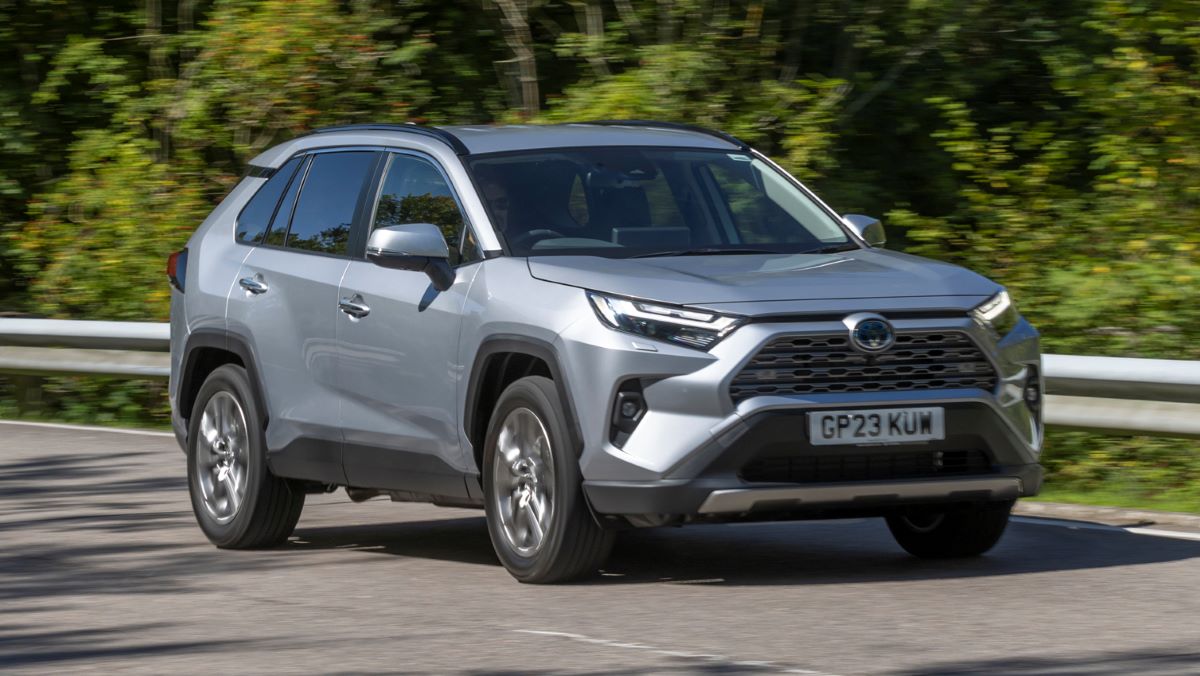
Their participation in the 2025 New York International Auto Show was focused primarily on already-anticipated announcements—specifically, a couple of new entries in their sporty GR performance lineup. While these additions are notable, they were not unexpected.
In terms of performance during the first quarter of the year, Toyota Motor North America secured the second position in sales, trailing General Motors. GM surged ahead with a 17% increase, moving over 693,000 units.
Toyota, by contrast, experienced a modest 0.9% uptick, reaching approximately 570,000 units—a gap of around 123,000 units behind GM. The slight increase was largely supported by Lexus, which posted a strong 5.8% gain, while the main Toyota brand saw only a minimal 0.1% rise.
Despite this, Toyota still maintained the majority of sales between its two brands, with 487,226 units delivered under the Toyota name versus 83,043 units for Lexus, even though Lexus achieved its best quarterly performance to date.
However, some of Toyota’s recent models, like the new Tacoma and 4Runner, appear to be underperforming, indicating a need for revitalization in the lineup. Fortunately, speculation and digital concept creators are keeping the buzz alive with fresh ideas.
Among the most talked-about upcoming vehicles are the next-generation versions of two key models: the thirteenth-generation Toyota Corolla (both sedan and hatchback) and the sixth-generation RAV4 compact crossover. This time, attention is once again turning to the RAV4.
This renewed interest is partly driven by the digital renderings of Evren Ozgun, the automotive artist behind the Spy Sketch YouTube channel.
Known for his creative interpretations, Ozgun presents a vision of the next-generation 2026 Toyota RAV4 that deviates from the conservative look suggested by recent prototype sightings.
While those spy shots hint at minor, incremental updates, Ozgun’s CGI reimagining takes a more daring approach.
4. Mercedes-AMG GLA 35
Mercedes-Benz performs strongly in this segment, earning three spots on our list, with the highest-rated among them being the Mercedes-AMG GLA 35.
This model is a performance-enhanced version of the standard GLA-Class and has a starting price of $58,050. The AMG GLA 35 features distinctive AMG upgrades, including sportier exterior and interior styling, along with a notable boost in power.
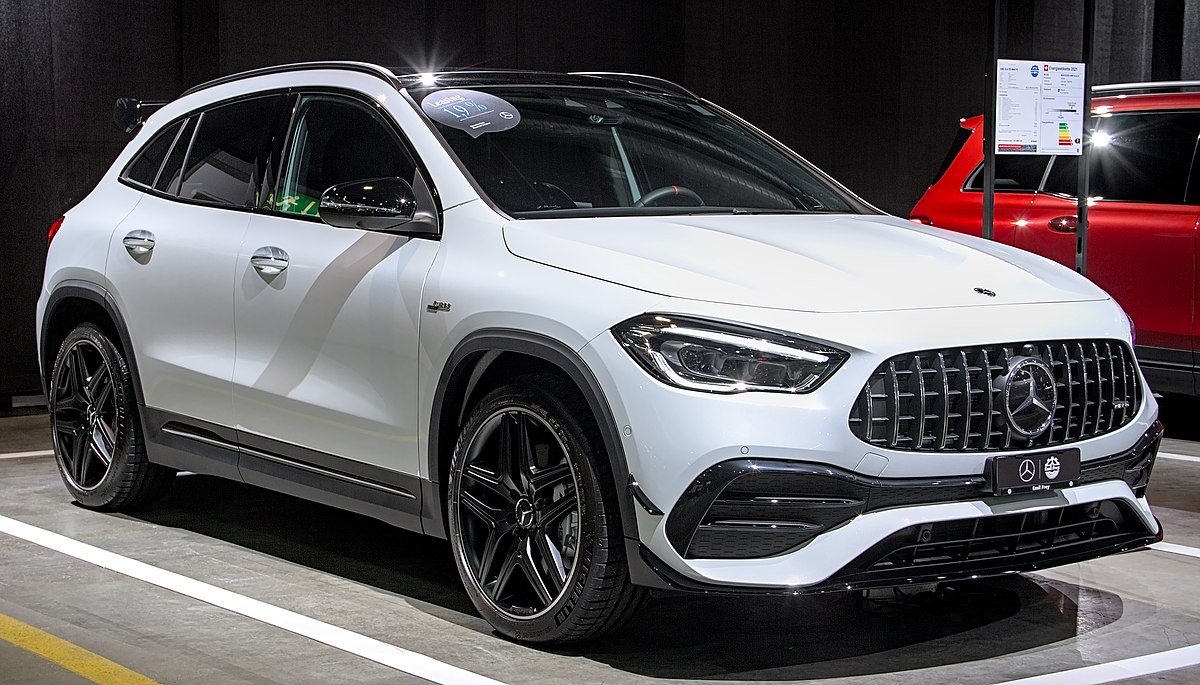
Beneath the hood is a 2.0-liter turbocharged inline-four engine producing 302 horsepower and 295 lb-ft of torque. With that output, the GLA 35 can accelerate from zero to sixty mph in approximately 5.1 seconds.
Designed to seat up to five passengers, this model serves as a solid entry-level option for those looking to step into AMG SUV performance.
5. Mercedes-Benz GLB-Class
The standard Mercedes-Benz GLB-Class is a refined and comfortable crossover utility vehicle that comes with all the hallmark luxuries expected from the brand.
The base version starts at $45,800 and includes an eight-speed automatic transmission paired with front-wheel drive. However, for those seeking all-wheel drive, the GLB 250 4Matic is available starting at $47,800.
Both versions come equipped with a 2.0-liter turbocharged four-cylinder mild-hybrid engine that produces 221 horsepower and 258 lb-ft of torque.
The base configuration seats five passengers, but a seven-seat layout is also available as an option, making the GLB-Class one of the smallest SUVs on the market to offer three rows of seating. This is the Mercedes-Benz GLB, the second SUV in the brand’s extensive and prestigious lineup.
It shares its platform with the A-Class supermini and the B-Class hatchback, but unlike those more car-like crossover offerings, the GLB stands out with a boxier, more upright design that draws inspiration—albeit loosely—from the G-Class.
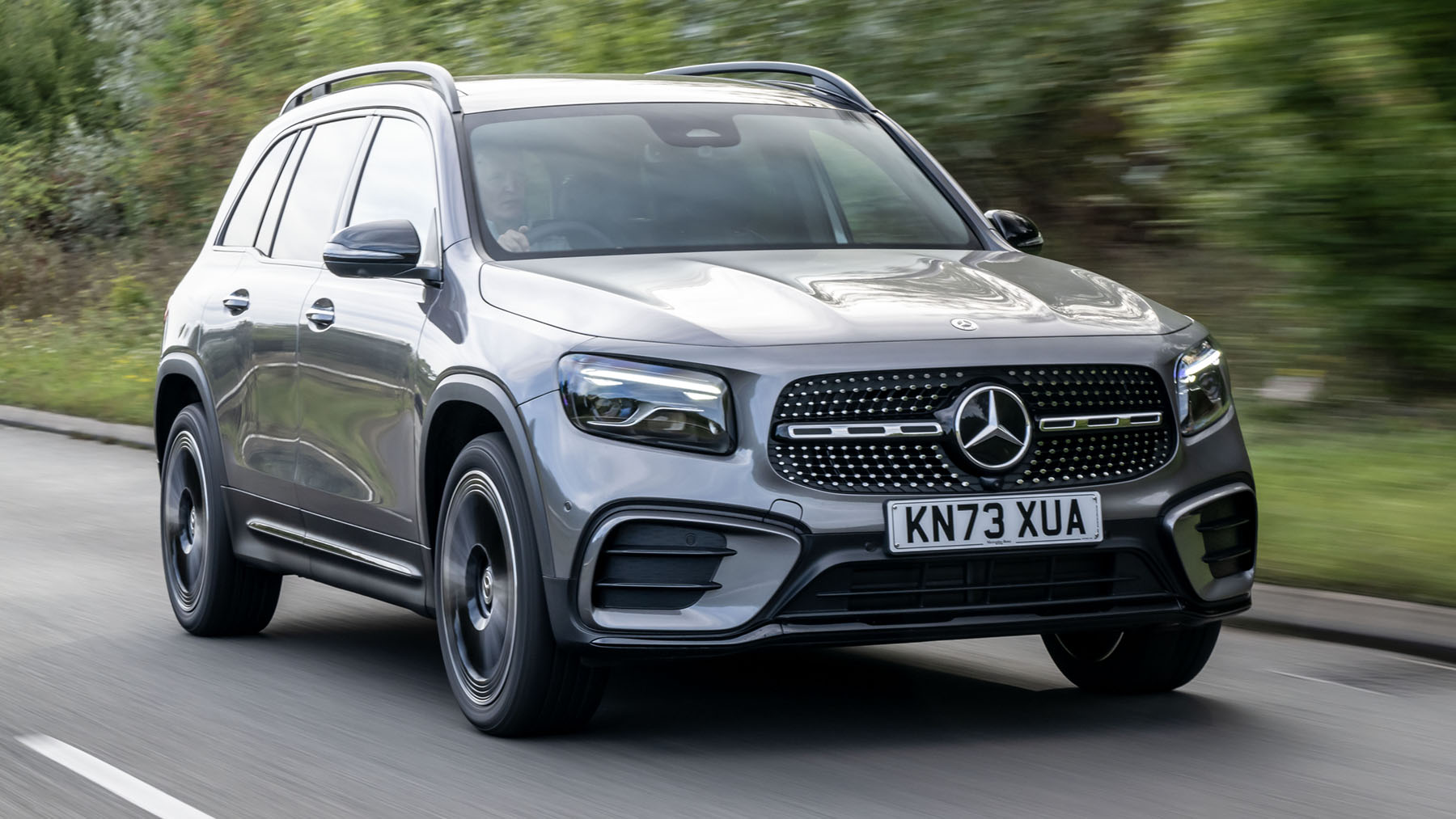
Having been on the market since 2019, 2023 marked the appropriate moment for a subtle mid-cycle update. The exterior has received modest tweaks, while the interior now benefits from the latest refinements introduced in the updated A-Class.
That includes a more modern layout, highlighted by expansive digital displays stretching across much of the dashboard. The GLB is 220mm longer, 38mm wider, and 120mm taller than the B-Class, which translates to noticeably improved legroom, headroom, and luggage capacity.
Significantly, the GLB also accommodates a third row of seats—two compact ones that fold up from the boot floor. According to Mercedes, these seats can ‘comfortably’ fit passengers up to 5ft 6in in height, making them ideal for children.
In size, the GLB is shorter than the VW Tiguan Allspace and the Nissan X-Trail, but longer than the Land Rover Discovery Sport. It’s not as tall as any of them, though it roughly matches the width of the VW and Nissan, while being notably narrower than the Discovery Sport.
When considering both price and market position, perhaps the most direct competitor is the Skoda Kodiaq, a competent seven-seater that shares a similar concept with the GLB, although the Kodiaq is 60mm longer. The GLB starts just under £40,000, with pricing reaching just over £53,000 for the wilder AMG version.
Fortunately, the GLB doesn’t abandon comfort in pursuit of sportiness, a common flaw among many crossovers. The ride quality is smooth, absorbing much of the UK’s rougher road surfaces with ease.
The cabin feels spacious and solidly built, contributing to a relaxed driving experience—unless you’re behind the wheel of the AMG model, which flips the script entirely. That said, it still manages to inject some genuine fun into the drive.
The GLB’s engine lineup mirrors what’s available in the A- and B-Class ranges. You can opt for a 1.3-litre four-cylinder petrol engine in the GLB 200, or choose from two 2.0-litre diesel variants: the GLB 200d and the 220d.
The GLB 220d includes 4Matic all-wheel drive as standard, whereas it’s optional on the 200d. There’s also an off-road package that introduces an additional drive mode. While the GLB is more capable off-road than you might anticipate, the Discovery Sport still leads that segment.
All versions except the GLB 200 come with an eight-speed dual-clutch automatic transmission; the 200 sticks with the older seven-speed unit.
And yes, the AMG version is seriously quick—the GLB 35 can sprint from 0 to 62mph in just over five seconds, aided by real launch control. Even that one can be specified with seven seats.
Also Read: 12 Classic Cars That Are Popular for DIY Restorations
Crossovers With Low Ratings
We’ve reached the crossovers I dislike the most the ones that truly get under my skin and make me wish the crossover craze would come to an abrupt end.
I’ll admit, I carry a strong bias against the smaller crossovers, but that’s largely because they often end up being the most unattractive, least functional, and seemingly rushed in development.
Say what you will about the Ford Explorer, but at least it can tow 5,000 pounds and carry seven passengers.
Now, the Evoque is an exception among small crossovers that I actually appreciate it manages to stand out with its stylish design and respectable off-road capabilities.
Unfortunately, many of the others would honestly be better off as traditional sedans, wagons, or hatchbacks. With their limited ground clearance and bulky proportions, they serve little purpose in crossover form.
I suppose it’s fitting that even our vehicles now resemble the bloated, awkwardly shaped forms we’ve grown all too used to seeing.
1. BMW X4
The BMW X4 is, without question, a well-engineered vehicle but the very concept of it bothers me on a more fundamental level.
At least most crossovers offer usable cargo space in the back, similar to what you’d get in a wagon or hatchback.
I don’t mind the idea of a lifted sedan in fact, I have a soft spot for cars like the Subaru SUS and the AMC Eagle Sedan. But the X4? It looks like BMW took the 3 Series and put it on a strict diet of Big Macs for three months.
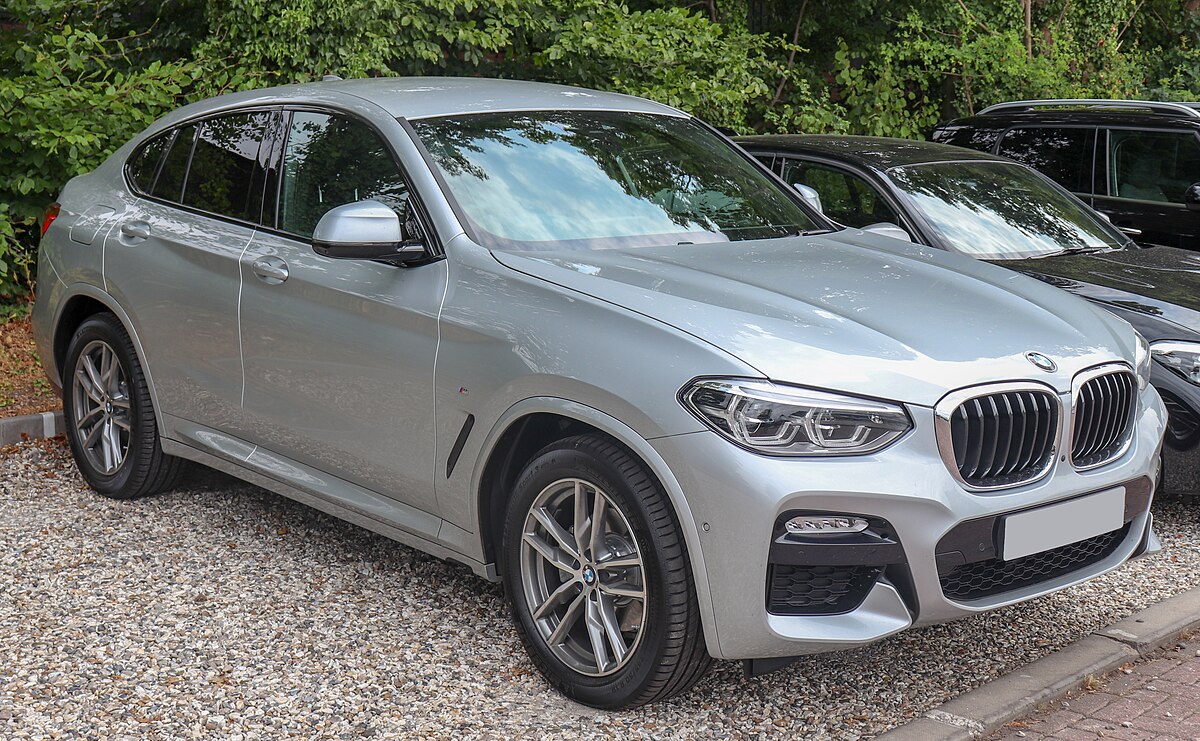
Inside, the design doesn’t do it any favors either. Rear visibility suffers due to the thick rear pillars and a back window that starts unusually low, thanks to the aggressive slope of the rear.
The X4 seems tailored for image-conscious buyers posh yuppies who want a luxury sedan that sits slightly higher than average. It’s practically built for those who want to feel elevated, both literally and figuratively.
As a machine, the X4 is capable but that doesn’t stop me from disliking it.
2. Ford Ecosport
The Ford Ecosport is a crossover that feels unnecessary in both purpose and name. Ecosport? That sounds like a term ripped straight from the pages of modern corporate buzzword bingo.
It’s meant to suggest a balance of economy and sportiness simply because it’s a small crossover with a turbocharged engine?
In reality, the Ecosport struggles to crack 30 mpg on the highway and certainly isn’t dominating any drag strips, autocross circuits, or venturing far off-road beyond a basic gravel path.
Want something more economical and genuinely sporty? Try a Ford Fiesta. It might not be a head-turner, but at least it resembles a normal hamster, not an overweight one teetering on stilts.
Yet Ford scrapped the Fiesta and gave us this instead. When the crossover bubble finally bursts (and it will burst), Ford is going to be in a rush to rebuild its lineup of practical passenger cars.
The Ecosport is so compact that it makes me wonder whether using the Fiesta platform to create a crossover was worth the trouble in the first place.
It lacks the charm of a small SUV like the Suzuki Sidekick or the functionality of a lifted hatchback like the Subaru Crosstrek. Ultimately, what the Ecosport represents is more disappointing than the vehicle itself.
To me, it’s simply a worse version of the Fiesta. And while Ford isn’t alone many automakers miss the mark with small crossovers the Ecosport still earns its place on the list.
The Ford EcoSport offers a solid package, with enough space to seat four adults comfortably and driving dynamics that are surprisingly enjoyable for a compact, high-riding SUV.
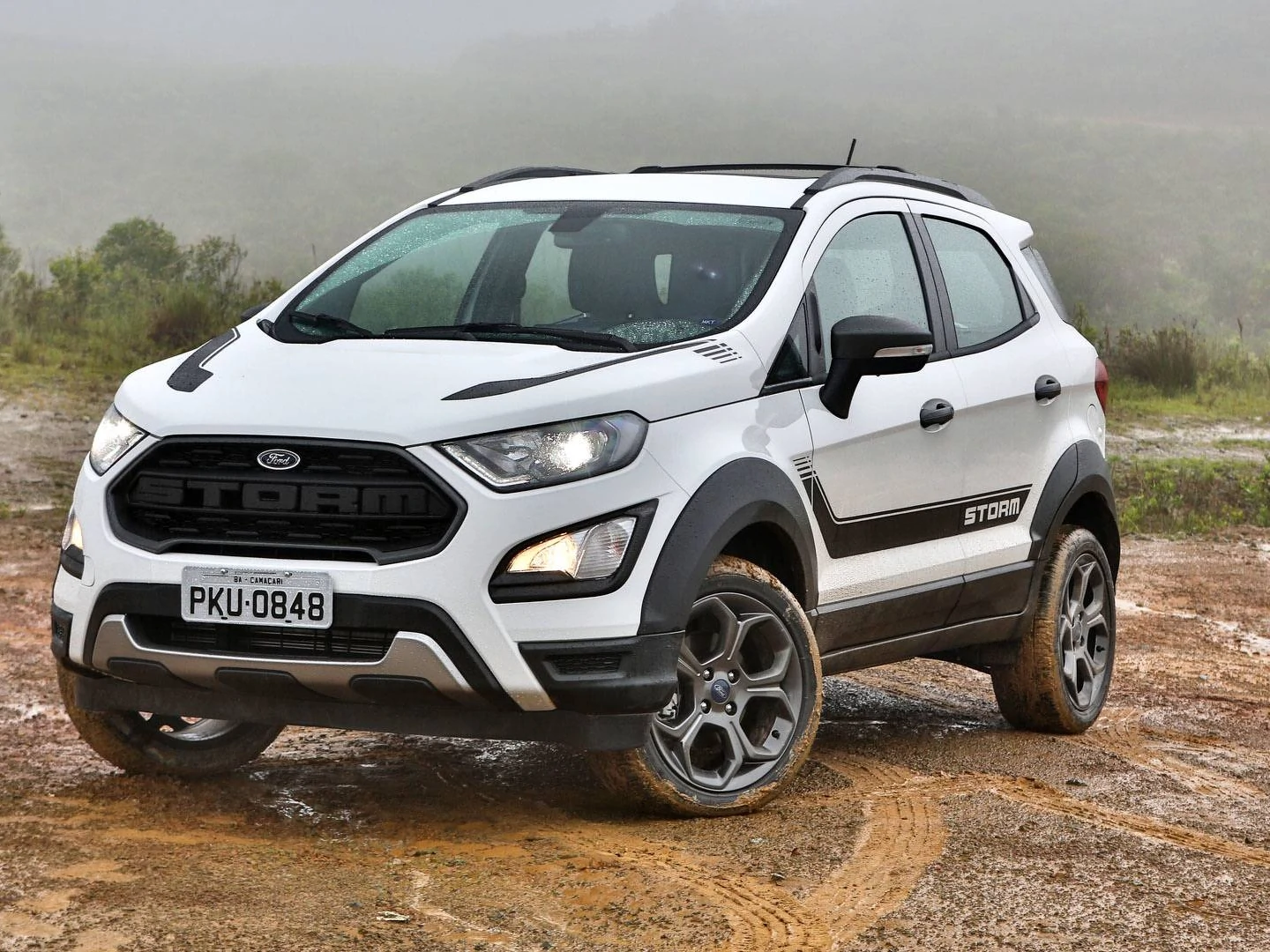
While it didn’t make the strongest first impression, the EcoSport received a significant overhaul in 2017. This included more rugged exterior styling, an all-new interior, the introduction of a new diesel engine, and the option for four-wheel drive.
The ST-Line trim stands out as the most visually striking version, offering 17 paint options and four contrasting roof colors.
However, as the small SUV segment has continued to evolve, the EcoSport now finds itself overshadowed by newer, more appealing alternatives from Ford itself—like the Fiesta Active and the Puma. As a result, the EcoSport risks becoming the automotive equivalent of that once-trendy uncle who now seems a bit dated and out of touch.
Inside, the EcoSport doesn’t make a particularly bold design statement, but the upper portion of the dashboard is covered in soft-touch materials, giving it a more premium feel compared to the cabins of rivals like the Hyundai Kona and Citroen C3 Aircross.
That said, when it comes to overall interior design flair, Ford’s approach feels a bit uninspired, especially next to Citroen’s more imaginative layout.
On the plus side, the EcoSport features an 8-inch infotainment screen that’s more intuitive and easier to navigate than Citroen’s system. Standard features like Apple CarPlay and Android Auto make it simple to handle phone calls, stream music, and use your smartphone’s navigation apps seamlessly.
Practicality, however, is not the EcoSport’s strong suit. Space in both the front and rear seats is respectable for a vehicle of this size—two tall adults will fit comfortably—but the Citroen C3 Aircross offers more room and a greater range of seat adjustment to help passengers get properly settled.
Rear seat space isn’t the only limitation. The boot is smaller than what you get in the Citroen, and its side-hinged tailgate can be frustrating—especially when parked close to a wall or another car, as it requires extra space to swing open.
That said, on the road, the EcoSport handles with a level of agility that’s uncommon in its class. Its firm steering gives good feedback on available grip through corners, and there’s very little body roll, which encourages confident, spirited driving.
Still, none of the EcoSport’s engines are geared toward high performance—they prioritize efficiency. For the majority of buyers, the 1.0-litre 125hp petrol engine will be the sweet spot.
It’s affordable, reasonably quick around town, and pairs well with precise controls, a smooth-shifting gearbox, and excellent visibility. On the motorway, the cabin remains quiet and refined.
Even so, the combination of a firm ride and a boot that lacks everyday usability means the Citroen C3 Aircross is the more practical option for family needs. But if you’re drawn to the EcoSport’s looks and don’t mind trading a bit of comfort for sharper handling, then it could still be the right small SUV for you.
3. Chevrolet Trax/Buick Encore
The Chevrolet Trax and Buick Encore represent another pair of small crossovers, though this duo offers even less charm than the Ecosport and comes with an added dose of unattractiveness.
These two vehicles are essentially the same car, with only minor differences, which is why I’m grouping them together. Once again, they both resemble hamsters in form and serve little practical purpose.
It’s hard to pinpoint exactly why, but every time I come across one, I can’t help but dislike it. Part of the issue is GM’s general lack of stylistic flair when compared to the competition.
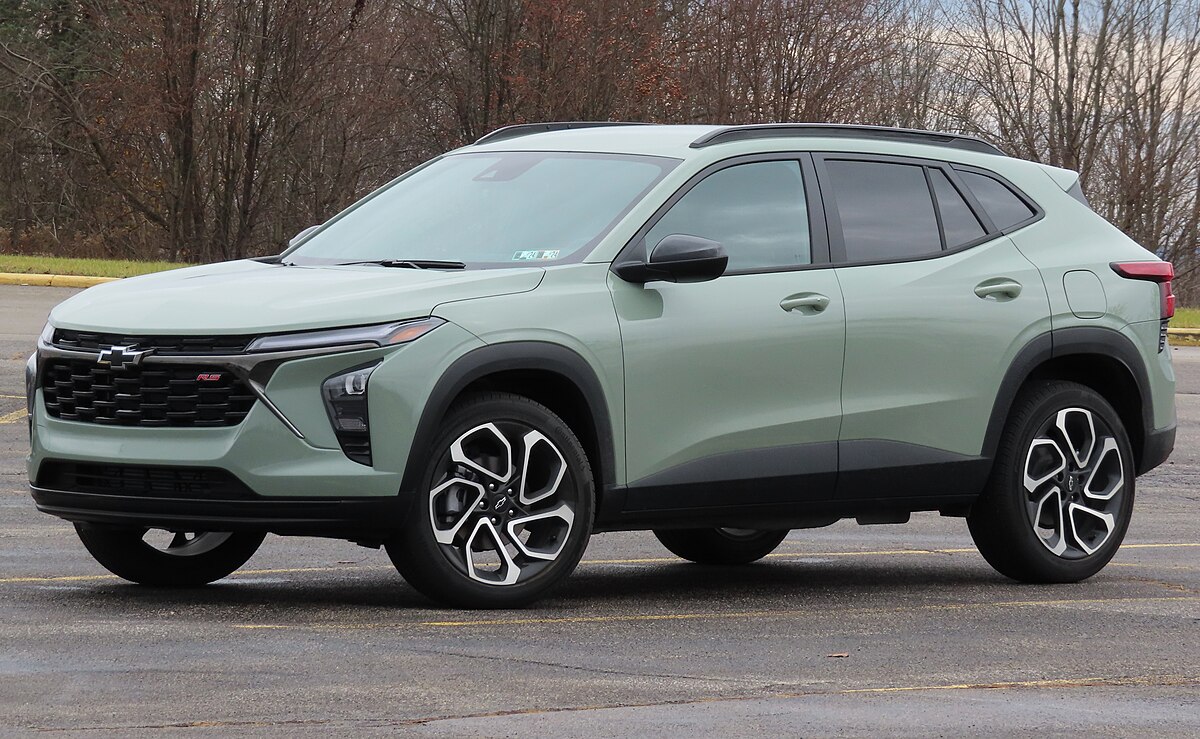
Both the Trax and Encore exude a sense of fragility and weakness, and not in a way that’s remotely appealing. These vehicles are clearly not meant for someone who appreciates powerful performance or has refined taste when it comes to automobiles.
While they might be less ugly than they could be and their lift might help soften the blow of potholes, they’re hardly suited for aggressive cornering or anything remotely resembling serious off-road capability.
4. Toyota C-HR
When I look at the Toyota C-HR, I see a small, awkward crossover that’s trying way too hard to come off as cool. Its exterior design resembles Darth Vader’s helmet, and the placement of the rear door hinges is strangely positioned.
On top of that, the design creates massive blind spots that could rival the size of Montana. The rear storage space is also lacking, thanks to the sharply tapered rear.
This car seems tailored for people who aren’t truly passionate about automobiles but want something that stands out among a crowd particularly those who unironically view films like The Emoji Movie or Minions as high art on par with Citizen Kane.
It attempts to appear modern, but instead, it reduces automotive design to a tacky, faux-futuristic style. This marks the second generation of Toyota’s C-HR, a mid-size crossover that first hit the scene in 2017.
Initially conceived as a bold experiment by Toyota boss Akio Toyoda, it was intended as a test bed to see what the company could create when it let its designers cut loose—a tentative step into new territory, with no real expectations around sales.
To Toyota’s surprise, the gamble paid off. The C-HR ended up being far more successful than anticipated, with global annual sales reaching around 330,000 units. Buyers were drawn to its unique combination of practical hybrid drivetrains and unconventional, standout styling.
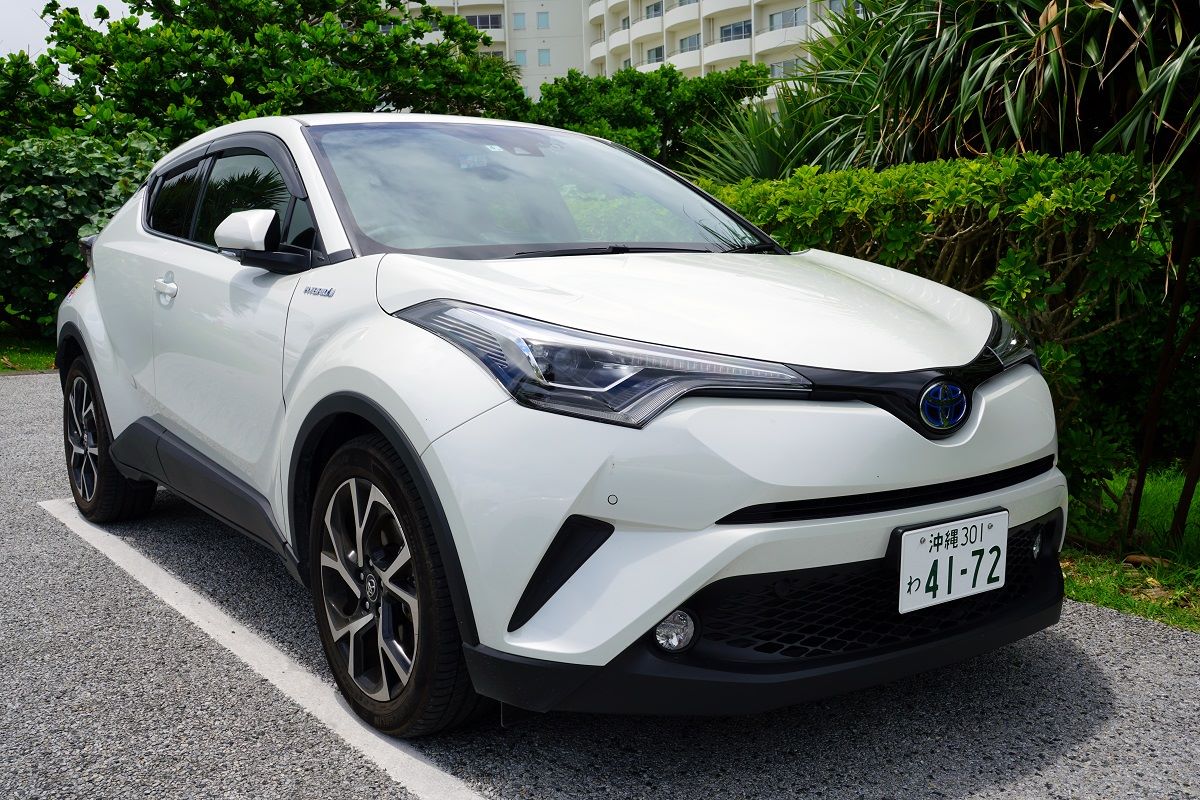
You’d expect so, but Toyota clearly hasn’t caved to the idea of playing it safe. If anything, the second-gen C-HR is even more daring than its predecessor.
That’s a welcome move, considering how crowded this segment is, with alternatives like the Nissan Qashqai, Seat Ateca, Citroen C3 Aircross, and Ford Puma all vying for attention.
Within Toyota’s lineup, the C-HR sits above the Aygo X and Yaris Cross in terms of size, though it remains more compact than the RAV4, which has grown considerably over the years.
In other global markets, there’s also the Corolla Cross—a vehicle similar in size to the C-HR but styled more conservatively, with a boxier profile that prioritizes interior space and outward visibility.
It certainly is. The C-HR embraces current design trends with gusto, checking off a full house on the style sheet: two-tone paint jobs, contrasting roof colors, slim LED headlights, aero-influenced bodywork, and the now-ubiquitous full-width rear light bar.
The improved aerodynamics help with fuel efficiency at higher speeds, although gains are modest due to a larger frontal area and wheel sizes that now reach up to 20 inches.
Toyota describes the C-HR as being for people “who are not afraid to stand out.” The irony, of course, lies in the fact that this “something a bit different” SUV is one of thousands being driven by equally ‘individual’ buyers of a mass-market model from one of the world’s largest automakers.
Yes, every C-HR now comes with some form of electrification, though only one version includes a plug. The lineup includes both 1.8-litre and 2.0-litre engines, the same units found in the Corolla, paired with Toyota’s familiar hybrid setup.
When assisted by their electric motors at full throttle, these powertrains produce total outputs of 138bhp and 193bhp respectively.
While there’s no full EV version, a plug-in hybrid variant is offered, using the same 2.0-litre engine. Thanks to a beefed-up electric system, this version delivers a combined output of 223bhp.
Toyota claims it can cover up to 41 miles on electric power alone, courtesy of a 13.6kWh battery. The cabin represents a notable step forward compared to what we’re used to seeing from Toyota.
The usual sea of grey plastics has been elevated with improved textures, eye-catching patterns, and a wider variety of materials throughout. The result is a more refined and upmarket interior feel than the outgoing model delivered.
5. Kia Sportage
The Kia Sportage was once an average SUV, then became an average crossover, but with the introduction of the 4th generation, they completely ruined its appearance.
What used to be a somewhat standard vehicle is now one of the most unattractive, bug-eyed cars on the road. The 4th generation Sportage offers very few real improvements, which feels fitting for a crossover that’s largely forgettable.
These days, crossovers are intentionally designed to look “weird” in order to distract from their inherent blandness and lack of practical utility. Head designer Peter Schreyer is known for creating good-looking cars, but in this case, it seems he purposely chose not to do so.
It’s almost certain that Schreyer’s push to integrate Kia’s new universal grille design played a major role in the Sportage’s unattractive front end.
While this peculiar design choice may initially help the brand move units, it’s only a matter of time before people start growing tired of ugly crossovers like this one.
And speaking of unattractiveness, we finally come to an exception to the “only current year crossovers” rule.
Anyone still clinging to the outdated idea that Kia builds cheap, undesirable cars needs to take a closer look at the latest Sportage.
It’s one of the most sought-after family SUVs on the market, and it’s not hard to see why—striking styling, a broad selection of engines, and generously equipped trims all play a part.
Think of it like a Russell Hobbs kettle—once just another appliance, now a sleek, stylish kitchen essential that still delivers value. The Sportage follows the same philosophy: it’s sharp and modern, but doesn’t forget its affordable roots.
That’s a good thing, because the mid-sized family SUV segment is arguably the most fiercely contested class in the automotive world.
Top-tier competitors are everywhere, from virtually every mainstream manufacturer. Rivals like the Hyundai Tucson, Skoda Karoq, Volkswagen Tiguan, Nissan Qashqai, and Citroen C5 Aircross set a high bar.
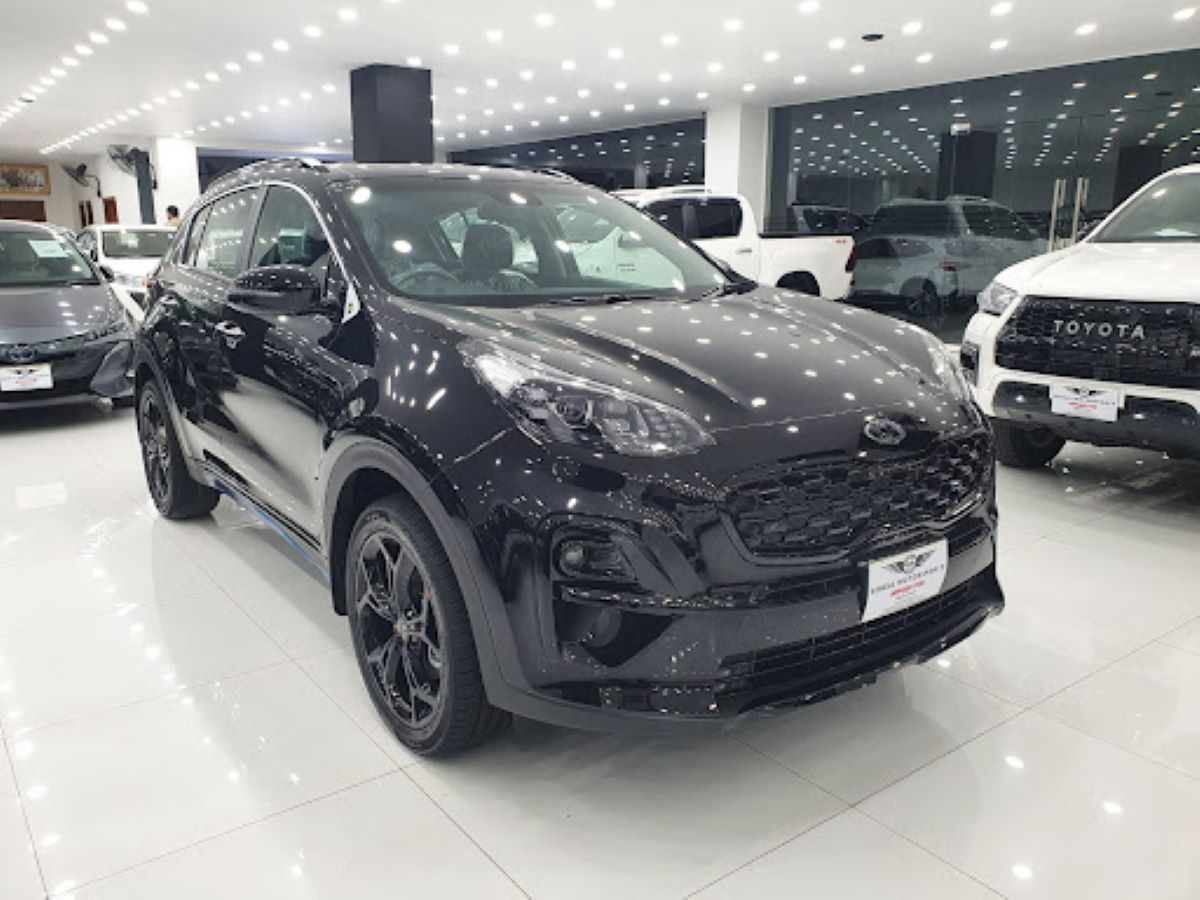
Add to that the wave of new Chinese entrants—brands like MG, BYD, and Jaecoo—bringing in models like the MG HS, BYD Seal U, and Jaecoo 7, and it’s clear the Sportage has to fight hard for every inch of market share.
It may be designed for everyday tasks like supermarket runs and school drop-offs, but Kia hasn’t let practicality compromise the aesthetics.
The Sportage looks bold, featuring distinctive V-shaped LED daytime running lights, a broad grille, and lots of contrasting trim. It’s far from low-key—especially if you pick one of the more vibrant paint options on offer.
Inside, things are more subdued—but that’s not a downside. The cabin is well-executed, with a wide dual-screen layout for the driver display and infotainment, a clean design, and a tangible sense of quality. Materials feel premium, and there’s minimal creaking or rattling to spoil the experience.
Kia’s designers have included some thoughtful touches too—like the space-saving rotary gear selector on auto models, and a versatile control panel that switches between infotainment shortcuts and climate controls with a simple tap.
It’s not just about clever design; practicality is another strong suit. Rear passengers are well catered for, and the boot offers a generous 591 litres of space—beating out the Nissan Qashqai, Cupra Terramar, and Skoda Karoq.
Buyers can choose from three powertrains, all of them hybrids: mild-hybrid, self-charging, and plug-in. The plug-in hybrid is ideal for company car users thanks to its lower tax implications, while the mild-hybrid is the most budget-friendly for private buyers.

